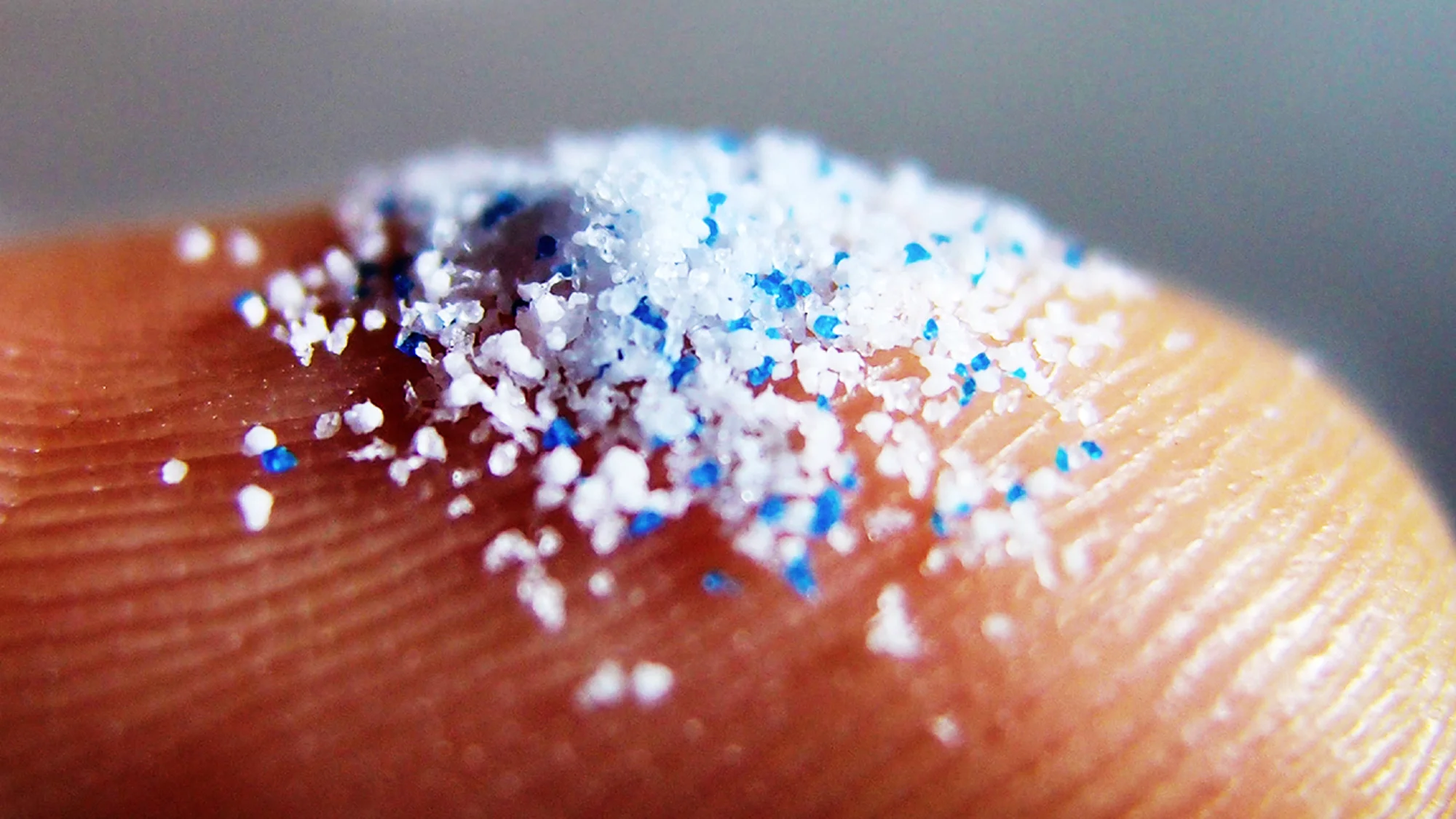Bycatch is the incidental capture of non-target species that get caught when net and line fishing. With heavy fishing, there is almost always bycatch, which causes the unnecessary and avoidable deaths of other, non-target species. The nets used when fishing are often undetectable by sight and extremely strong, causing unexpected entanglement, let that be of fish or dolphins, once something gets caught, it rarely gets out.
As the increase in demand for fish worldwide grows, so will the number of animals caught in fishing nets, which will contribute to the rapid decline of some species and diversity, causing a change in entire ecosystems, likely for the worse. Bycatch is a byproduct of many industrial fishing methods, like bottom trawling and longlines. These methods are used to catch large quantities of fish over large areas, but these methods are extremely unselective. It’s estimated that over 300,000 small whales, dolphins, and porpoises die from entanglement each year. This is the reason that Bycatch is the single largest cause of death for small crustaceans. All due to the carelessness of within the fishing industry, and the unwillingness to change industry wide habits that cause needless endangerment.
Viewing entries tagged
environmental sustainability
While the act of fishing may not be inherently bad for the ocean, as one instance is not noticable in the grand scheme of things; the act of catching fish at a rate that is faster than fish stocks can replenish can have a major effect on the worldwide fish population, this process is known as Overfishing.
The number of overfished populations has more than tripled in the last 50 years and it is estimated that one-third of the world's fisheries are currently fishing more than their biological counterparts can handle. Overfishing is caused by both legitimate and illegitimate organizations. Some legitimate organizations contribute to the overfishing of the fish population by extending the fishing period longer than necessary, and taking on excess amounts of fish. Illegitimate organizations contribute to the rapid decline of fish populations when fishing for endangered, protected, or unsanctioned populations.
Experts estimate that illegal, unreported, and unregulated fishing nets $36.4 billion each year. As demand for fish increases worldwide, the overall population of fish decreases worldwide, causing entire species to alter behavior and effectively changing the entire ecosystem. Currently, fish ranks as the most highly traded food market worldwide and fuels a $362 Billion global industry. As half of the world’s population relies on fish as a primary source of protein, this drives the overexploitation of fish and environmental degradation, which contributes to the perpetuation of this circular problem.
Human impact on the environment continues to be a world-wide problem. From oil spills to pollution, humans lack of care for the environment has a number of impacts that not only affect us, but future generations. For example, a problem that we’re finding more about only now is microplastics in our water.
What are Microplastics?
Microplastics are small pieces of plastics less than five millimeters long. Some microplastics are micro by design, like plastic beads. Other microplastics were pieces of larger plastic pollution, such as water bottles. Exposure to water can degrade these larger pieces of plastic over time into smaller pieces.
Microplastic in Toothpaste
Where are Microplastics Found in the Ocean?
Scientists believe that there are “hotspots” where large quantities of microplastics are found, but they’re harder to identify or track due to their small size than larger pieces of plastic pollution. Ocean currents and circulation move microplastics like confetti, making them hard to track.
Why are Microplastics Important?
A 2015 study estimated that roughly eight million tons of plastics enter the world’s oceans each year, yet only one percent is found floating at the surface in visible form. This suggests that the bulk of plastics in the ocean are likely microplastics suspended in the water or buried in sediments—yet scientists are only beginning to understand where they might be, not to mention their potential impacts on ocean life, ecosystems, and human health.
What are Microplastics Impact?
Most people have seen pictures of larger plastic pollution impacting marine life, whether it’s a turtle stuck in a plastic six-pack holder or a dolphin entangled in plastic fishing gear. The impacts of larger plastic pollution are easy to recognize and observe, but the impacts of smaller plastic pollution are harder to track.
Plastic Six-Pack Rings
Marine organisms at the base of the food chain, such as plankton, ingest microplastics, and the plastic is propogated up the food chain. This means many of the seafood we eat has microplastics in it.
Plastics could present a risk to both marine animals and humans since they may contain toxic chemicals like phthalates, bisphenol A and others used in the manufacturing process. These additives can change the properties of plastic items in different ways. For example, they may make water bottles more rigid, and pens more flexible. Plastics can also become toxic by soaking up harmful chemicals from the environment such as polychlorinated biphenyls (PCBs), exposure to which has been directly linked to cancer and other serious human health problems.
Scientists are studying the potential health risks of microplastics to marine life and humans by determining which types appear to be the most toxic and how much of those are being ingested by marine animals.
What Can We About it?
Simple steps, like reducing the amount of plastic you throw out can have significant impact when implemented on a large scale. Organizations such as Ocean.org are researching the little-understood impacts of plastics on the ecosystem and solutions to the problem. More importantly, being aware of the impact our consumption patterns can have and reducing use of unnecessary plastics can help reduce further the flow of microplastics in the ocean.
Rovotics seeks to raise awareness about environmental issues such as this one to promote sustainable living practices and preserve the Earth for the future.







